Mandarin variety Kovano Washo
The biological species Mandarin (Citrus reticulata) has a complex structure, which includes several pomological groups, the taxonomic structure of which has not yet been clearly developed. Complicating matters is the fact that mandarins easily hybridize with other citrus fruits.

Kovano Wase (Cītrus unshiu Kawano Wase) is one of the most popular varieties belonging to the so-called Unshiu group. In the Wase subgroup, there are 6-7 more varieties, but our current hero among them is the undisputed leader, the ancestor.
Interesting! The name "tangerine" comes from the Sanskrit word "mantrin". So in ancient India they called officials, or rather, advisers to high-ranking people. Together with Buddhism, the term came to China, and from there it was taken away by the Portuguese, but in a modified form - "mandarim", which literally meant "Chinese official". In this country, officials wore brightly colored clothing that resembled tangerine fruit in color.
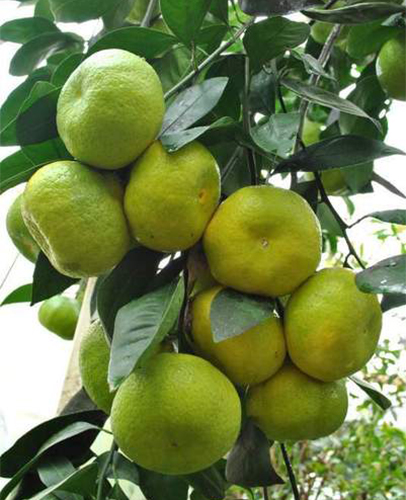
A bit of pedigree
All Washo tangerines are also called Sino-Japanese, because their origin is associated with these countries. Moreover, given the "degree of influence", the word "Japanese" should rightfully be in the first place. It was the Japanese citrus breeders who made every effort to develop these lines of mandarins.
The first trees were brought to the Soviet Union in 1937, since then they have been actively grown in the Soviet subtropics, especially in Abkhazia and Adjara.
All Vasho plants are great for indoor, home breeding. They are compact, easily fit into a person's home, and besides, they are distinguished by fast fruiting.
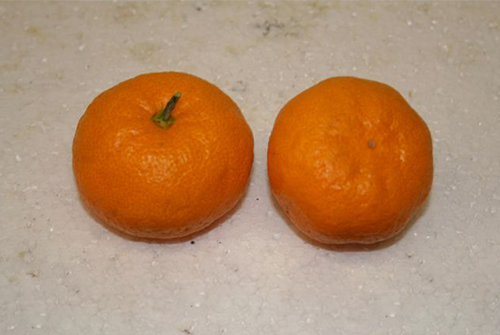
Description of the variety
Kovano Washo is a typical member of his group. It was created specifically to serve people as a kadk culture. This makes it a very popular indoor citrus in our time.
Features of the crown
One of the most compact, undersized varieties. Under natural conditions, it grows up to one and a half meters, but in a pot, especially in an apartment, it rarely even gains 0.5 m.
The crown shape is wide, often almost spherical, it is densely covered with light green foliage. The color of the bark on the trunk is brown; roughness is always visible on it. Leaves are dense, leathery, broadly lanceolate, pointed at both ends. The petioles are long, narrow, sometimes with small lionfish.
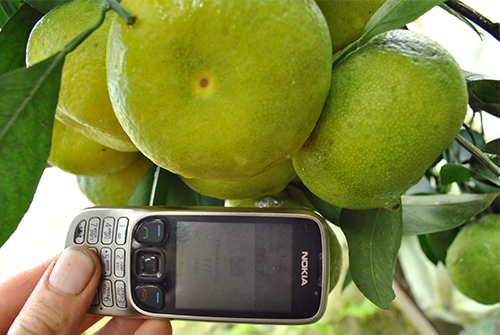
There are no thorns on the branches, young shoots are slightly ribbed, green, but turn brown with age. The crown almost does not need to be formed, although the stems are thin, flexible, slightly drooping.
Flowering nature
It begins early, already at the age of two, the tree is able to bloom and bear fruit, although real maturity occurs by the age of three. In open ground, flowering occurs in spring, closer to May, but in the rooms the plant becomes remontant, and can bloom several times a year. This gives it a special decorative effect: you can observe the crown, decorated with buds, flowers and fruits at the same time.
Mandarin blooms profusely, completely covered with fragrant white flowers, collected in small inflorescences. However, some plants have petals with a slightly yellowish tint. The diameter of the flower is from 3 to 4.5 cm, it has 5 petals and a large pistil surrounded by stamens connected at the base.
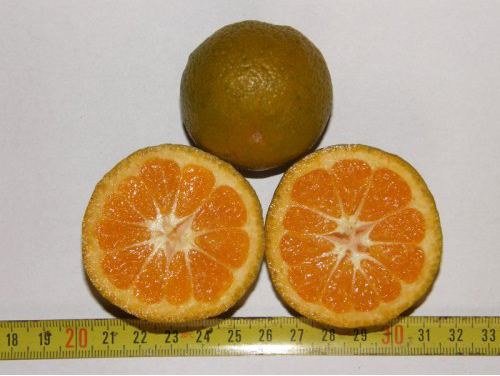
Let's talk about the fruits
Kovano Vasho fruits are distinguished by excellent consumer qualities! Their delicate flesh has a sour-sweet taste, divided into 8 - 13 slices of different sizes. It is noteworthy that the film separating the slices can be both thin and very coarse, depending on the growing conditions.The sweetness of the juice depends on the amount of sunlight: the more there is, the sweeter the fruit.
Fruits ripen surprisingly quickly, within 5 - 6 months! If there is little sunlight, which is observed in the rooms, the ripening period is lengthened by a month - one and a half. Most often there are no seeds in the pulp.
Other fruit features:
- the shape is flattened, the apex is always slightly depressed;
- the color is bright, light orange;
- the peel is thin, about 3 mm, easily crumbles and separates from the pulp;
- average weight from 50 to 70 grams;
- do not deteriorate for a long time after removal from the bush.
In addition, the trees can withstand low temperatures and can survive small, short frosts. The rooting rate of cuttings is extremely low, therefore, in home citrus growing, it propagates only by cuttings or sowing seeds. The yield is high, from an adult, perennial tree, even in an apartment, up to a hundred fruits can be removed per year!
We made sure that Kovano Washo is rightfully considered one of the best tangerines for indoor cultivation. By properly caring for a plant, you can enjoy its beauty while harvesting good yields of sweet fruits!




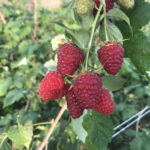
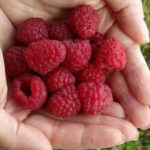



What kind of copywriter wrote the text? Dear author, I really liked how you described the varieties of citrus fruits (I did not read others) and the origin, and varietal characteristics, everything to the point. But this article was written by an obviously ignorant person, a lot of blunders. Very sorry.
The rooting rate of cuttings is extremely low, therefore, in home citrus growing, it propagates only by cuttings or sowing seeds.